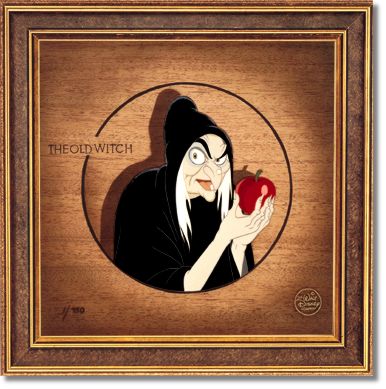
| Beyond
the Maiden, Mother, and Crone |
| Awaiting the Crone Years |
 |
The term Crone brings one image to mind: an old crooked-toothed hag with a stringy white mane and hairy wart on her chin. For women who invest time and money to retain their beauty, the thought of becoming that old and withered woman is a nightmarish reality. Why have we come to dread aging and change in our appearances? It is through our misunderstandings of what aging makes of us by society, that we come to believe being old is somethign ti be feared more than death itself. |
In ancient times, Elder women were believed to embody wholesome knowledge and truth. No longer thought of as weakened by her monthly menstruation cycle, these “Wise Bloods” took upon an influential matriarchal role. Through their wisdom and intuitive abilities, they were honored and respected by the community. In their idea of giving back to society Crone women shared their acquired knowledge as spiritual guidance and healers
|
After
centuries of religious and spiritual change, the Crone was no longer represented
in the same light. Under patriarchal societies, women who eventually reached
an elderly age would live under the obligations of her children, often
separated from the family in the home. The reality was women were living
longer than their ancestors, but were becoming publicly devalued. As they
became widows, they either cared for young or sought modest job for a
living. If fortunate with good health and useful to the community, they
could escape the fate and accusations of witchery for having lived along
life. |
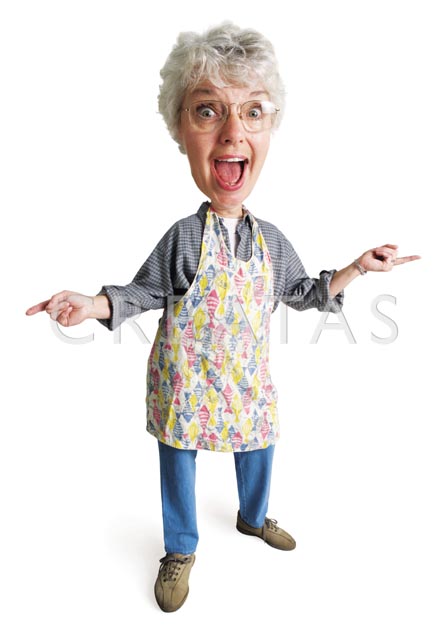 |
With the turn of a new century, our ideas of the modern Crone has changed but
not strayed from the negativity of aging once set by our predecessors. Today’s
women have become paranoid over the fear looking old, in that its consequence
is sexual unattractiveness. Because societie's image of sex is highly values
by youth, we have been convinced that aging is shameful process that must be
avoided by all costs. So we combat those natural processes of gravity and lessening
of elasticity that, eventually in all costs, not even the best beauty remedies
can erase.
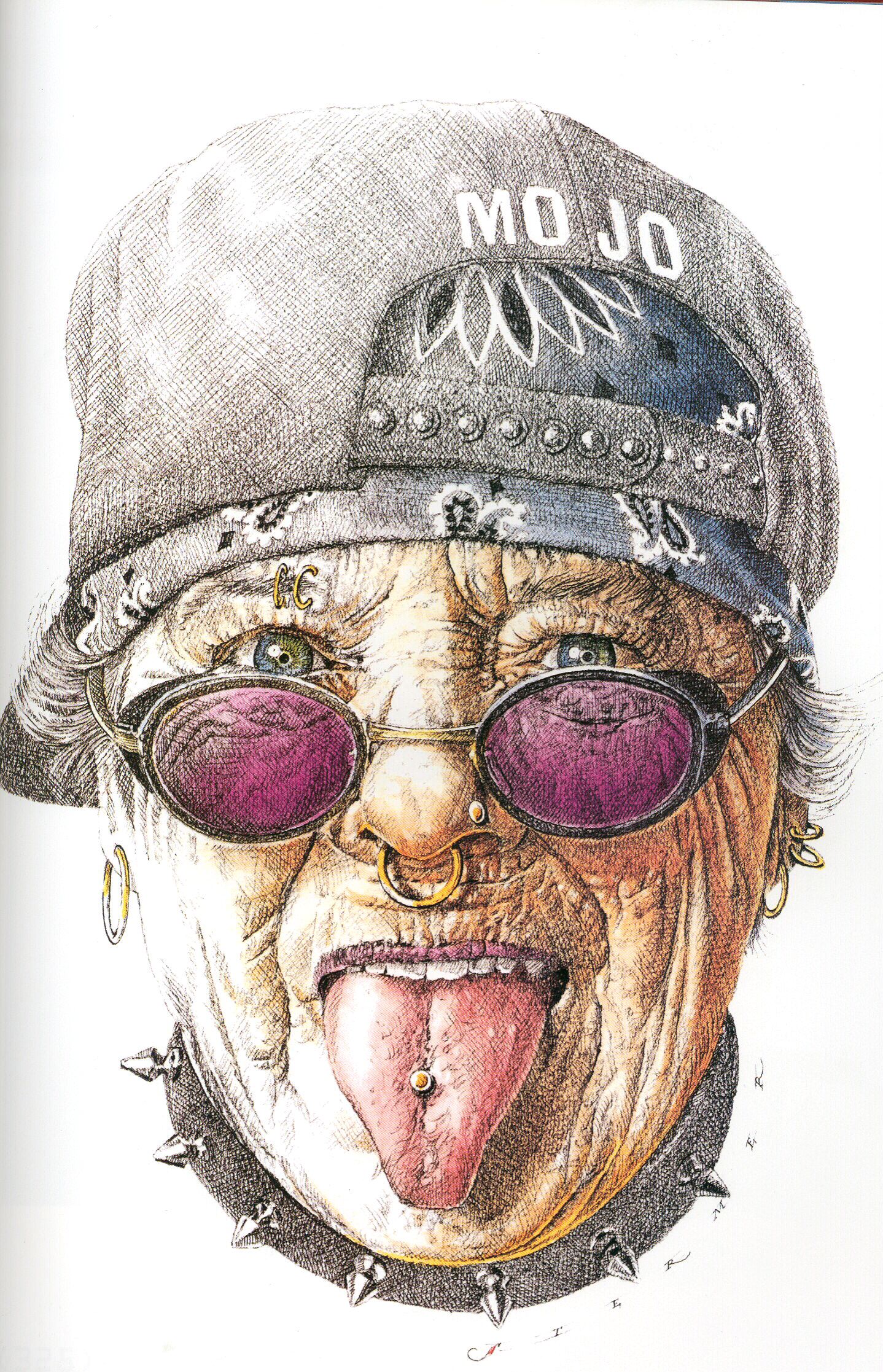 |
No longer should it be socially unacceptable for mature women to take on youthful pleasures as in piercing her tongue, dress in flamboyant clothing, or dyeing her hair red, rather than the typical lavender. What is wrong with grandmothers recognizing their own sexual desires, whether it be building relationships with men older or even younger than herself? She ought not be characterized by her age, but by who she has become. Having survived such physical changes in menopause, Crone women should not feel suppressed, but be willing to have the self-confidence to continue to feel sexy.
|
In recent times the Crone stage has become celebrated through ceremonies with other women as a spiritual passage, in recognizing that there is more life to be lived. The Crone is given a new freedom of self discovery, in devoting time oneself away from family obligations, in sustaing a social life, concentrating on a new career, or even travel to places only imagined.
As future Crones we must be conscious of the stereotypes brought on by aging and be willing to counter those ideals that have cursed elderly women for generations. In understanding and and accepting the aging processes, most importantly the changes in our bodies, we can better value those qualties which bring meaning in our lives.
~ Written by: Liz Garcia
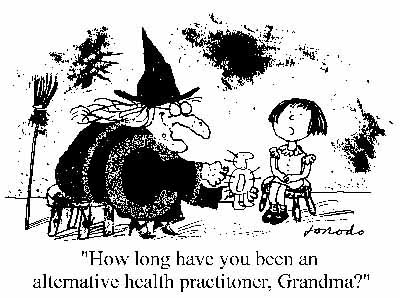 |
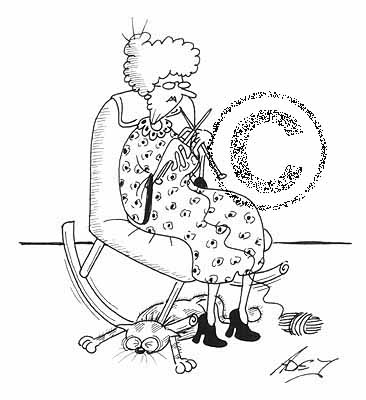 |